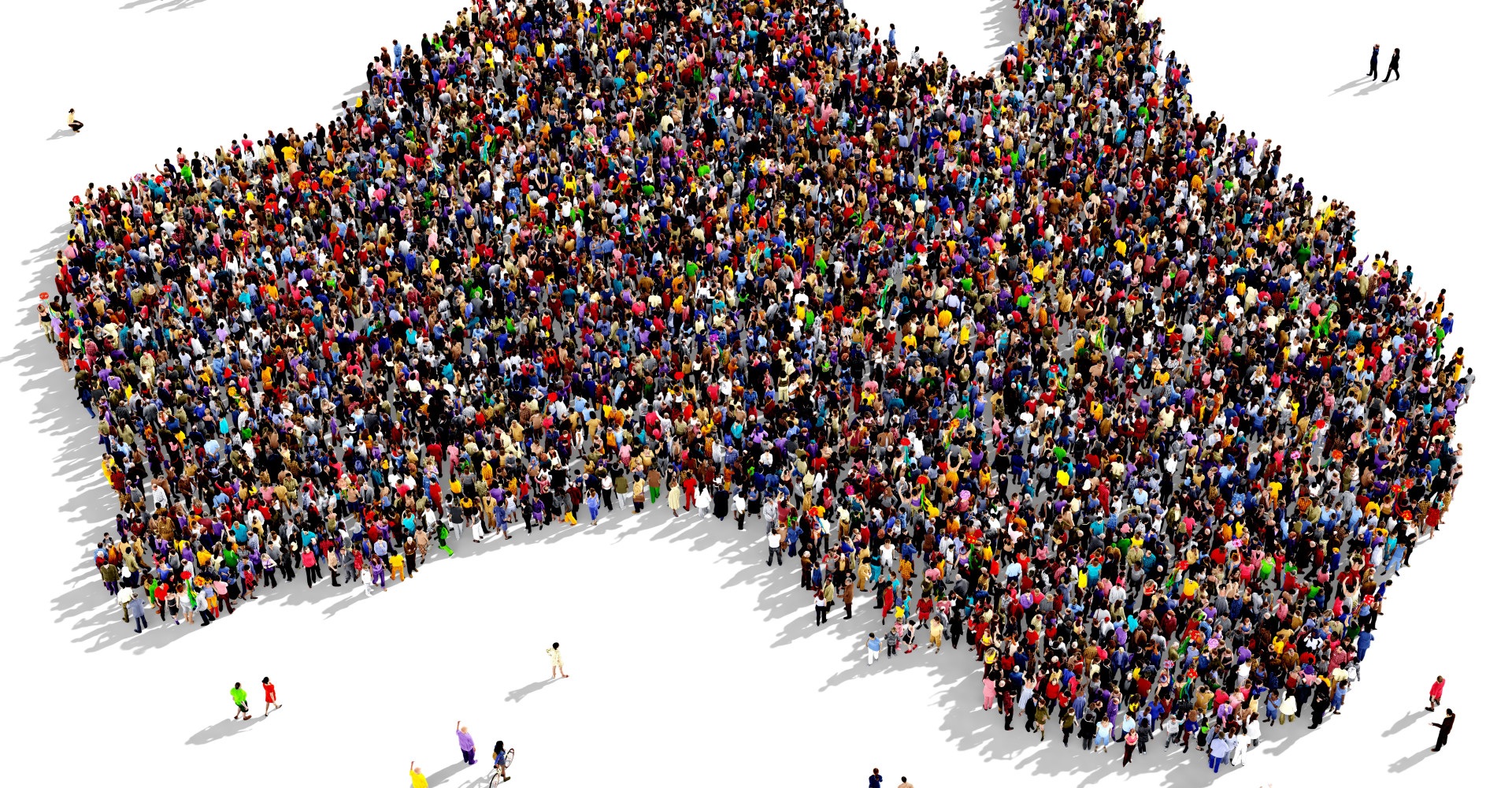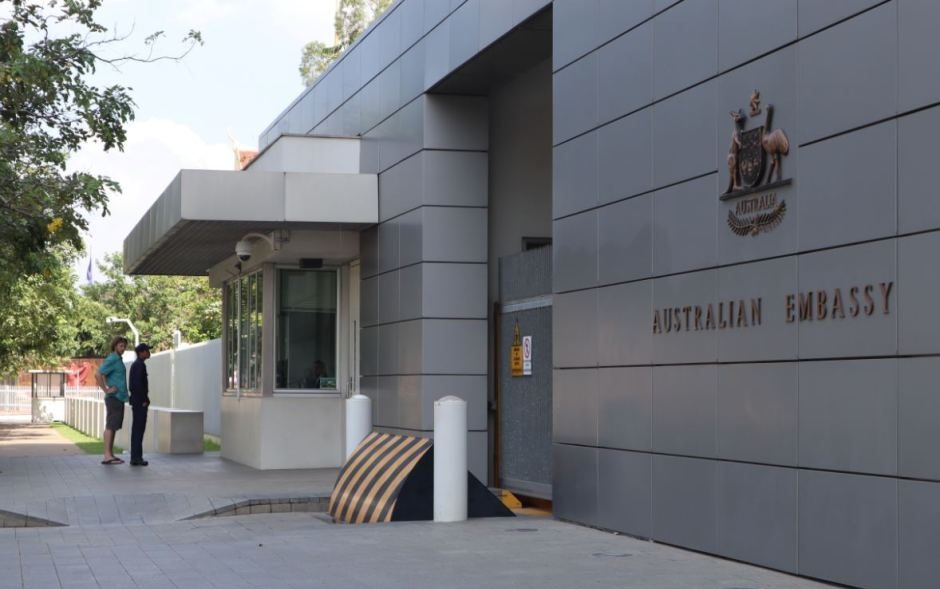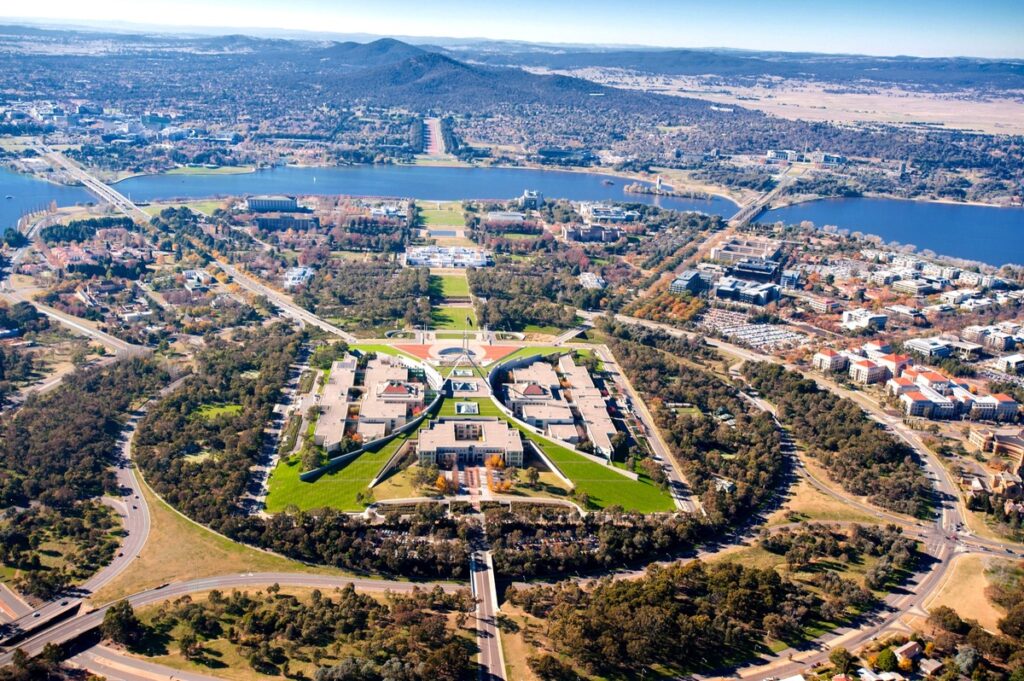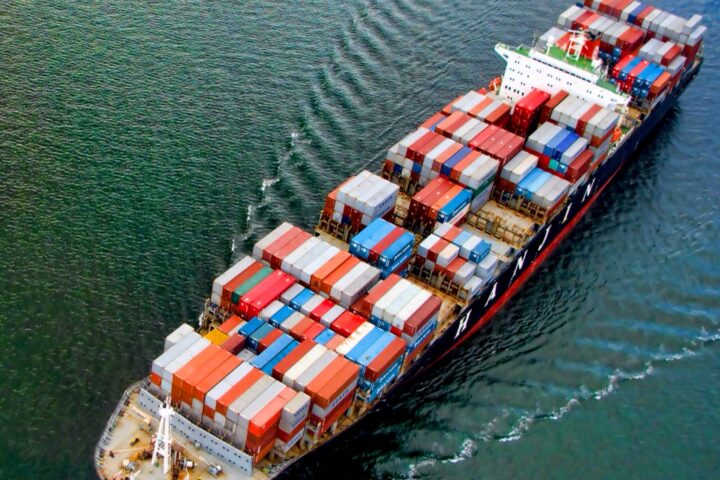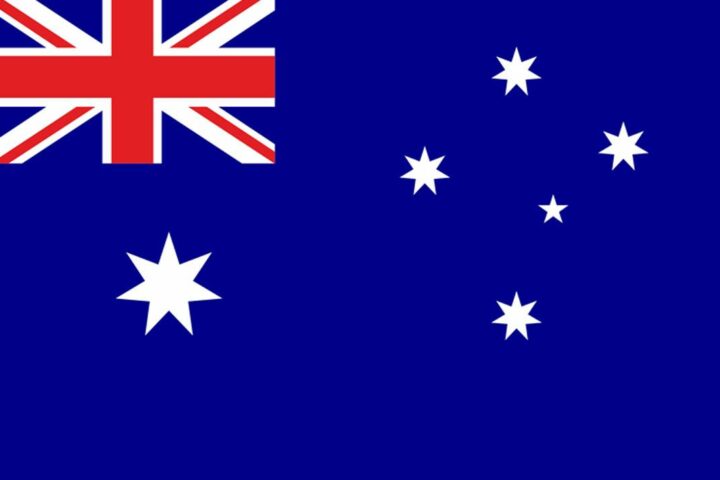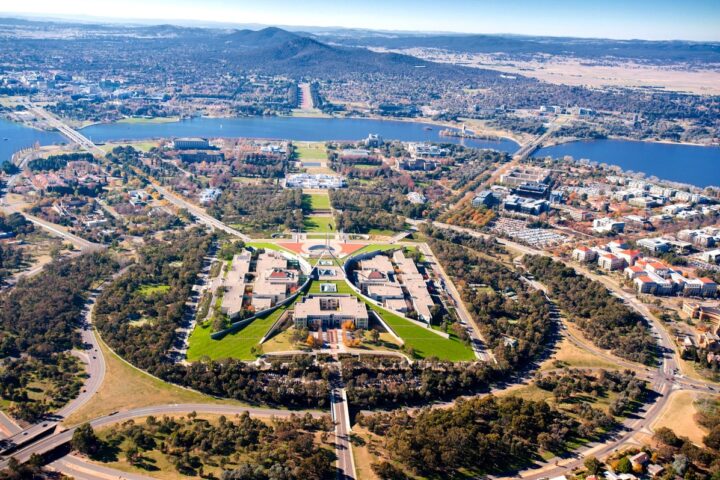Introduction
Australia, the sixth-largest country in the world by total area, is home to a population that reflects a rich tapestry of cultures, histories, and demographics. As of 2024, Australia’s population is approximately 26 million people. This guide explores various aspects of the Australian population, including historical trends, current demographics, and future projections.
Historical Population Trends
Early Settlement and Indigenous Population
Before European settlement, Australia was inhabited by Indigenous peoples for over 60,000 years. These communities had complex social structures and cultural practices deeply connected to the land.
European Colonization
European colonization began in 1788 with the arrival of the First Fleet. This marked a significant turning point in Australian history, leading to dramatic changes in the population dynamics due to settlement, conflict, and disease.
Population Growth in the 19th and 20th Centuries
The 19th and 20th centuries saw significant population growth due to waves of immigration, particularly during the Gold Rush of the 1850s and post-World War II era. By 1901, the population had reached nearly 4 million, and by the end of the 20th century, it had grown to around 19 million.
Current Demographics
Population Size and Distribution
According to the Australian Bureau of Statistics (ABS), Australia’s population as of June 2023 is approximately 26 million. The population is unevenly distributed, with the majority living in urban areas along the eastern and southeastern coasts.
Major Cities
- Sydney: Australia’s largest city with over 5 million residents.
- Melbourne: Close in size to Sydney, also exceeding 5 million residents.
- Brisbane: The third-largest city with around 2.5 million people.
- Perth and Adelaide: Both have populations exceeding 1 million.
Age Structure
Australia has a relatively young population, though it is aging. The median age is around 38 years. The population pyramid shows a broad base, indicating a substantial younger population, but with increasing numbers in older age groups due to higher life expectancy.
Ethnic and Cultural Diversity
Australia is one of the most multicultural countries in the world. Over 30% of Australians were born overseas, and there are significant communities from the United Kingdom, China, India, New Zealand, and the Philippines. The country recognizes over 300 languages spoken at home, including Indigenous languages.
Gender Ratio
The gender ratio is fairly balanced, with approximately 99 males for every 100 females. This balance is consistent across most age groups.
Interesting Fact
Australia is home to the world’s largest Greek population outside of Greece, primarily concentrated in Melbourne.
Future Population Projections
Population Growth
The ABS projects that Australia’s population will continue to grow, potentially reaching between 35 to 40 million by 2050. This growth will be driven by natural increase and net overseas migration.
Aging Population
Australia’s population is aging, with the proportion of people aged 65 and over expected to increase from 16% in 2023 to 22% by 2050. This shift will have significant implications for healthcare, housing, and employment policies.
Factors Influencing Population Dynamics
Immigration
Immigration is a significant contributor to Australia’s population growth. Policies favor skilled migrants, family reunification, and humanitarian entrants. In recent years, Australia has welcomed between 160,000 and 190,000 new permanent residents annually.
Birth Rates
Australia’s fertility rate has been relatively stable, around 1.7 to 1.8 births per woman, which is below the replacement level of 2.1. Government policies, such as parental leave and child care subsidies, aim to support families and potentially increase birth rates.
Mortality Rates
Life expectancy in Australia is high, with men living on average to 81 years and women to 85 years. Improvements in healthcare and living standards have contributed to this longevity.
Commonly Asked Questions
How has Australia’s population changed over time?
Australia’s population has grown significantly from less than 4 million in 1901 to approximately 26 million today, driven by natural increase and immigration.
What is the current population of Australia?
As of June 2023, Australia’s population is approximately 26 million.
Which cities have the largest populations in Australia?
Sydney and Melbourne are the largest cities, each with over 5 million residents, followed by Brisbane, Perth, and Adelaide.
What is the age structure of Australia’s population?
The median age in Australia is around 38 years, with a significant proportion of the population under 35. However, the population is gradually aging.
How diverse is Australia’s population?
Australia is highly multicultural, with over 30% of its population born overseas and a wide range of languages spoken at home.
What are the future population projections for Australia?
The population is projected to reach between 35 to 40 million by 2050, with an increasing proportion of older adults.
What factors influence Australia’s population growth?
Key factors include immigration, birth rates, and life expectancy. Immigration is the largest contributor to recent population growth.
How does immigration impact Australia’s population?
Immigration significantly boosts population growth, with policies favoring skilled migrants, family reunification, and humanitarian entrants.
What are the implications of an aging population?
An aging population will require adjustments in healthcare, housing, and employment policies to support a larger proportion of older adults.
How does Australia manage cultural diversity?
Australia promotes multiculturalism through policies that support diversity, inclusion, and social cohesion, ensuring that all cultural groups can participate fully in society.
Conclusion
Australia’s population is a dynamic and integral part of its identity, shaped by historical events, immigration, and natural growth. Understanding these demographics helps in planning for a sustainable future that supports all Australians. For more detailed and updated information, refer to the Australian Bureau of Statistics and other governmental sources.
- Austria Major Imports - June 28, 2024
- Currency in Austria - June 27, 2024
- Austria Airports - June 26, 2024

